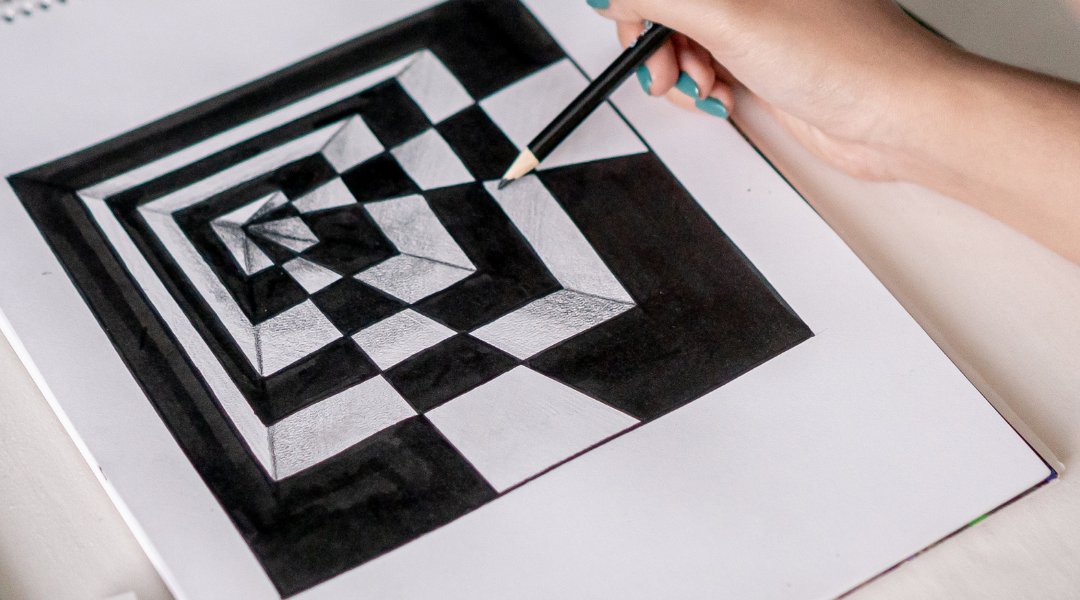Perspective is the art of drawing a figure or object the same size as it would appear if it were in the distance and from the viewpoint of an observer standing a given distance from the object or figure. It is ‘perspective’ because the drawing is viewed from a particular position and ‘perspective.’ After all, the drawing is viewed in the correct manner.
What is perspective? If you have ever seen a photo that has been taken from a far distance, such as a cityscape, you will notice that it appears to be warped. This is because the brain is interpreting the scene based on the perspective of the photographer, which is a term that is used to describe the relation of an object to the eyepoint of the viewer. The brain is interpreting the scene based on the perspective of the photographer, which is a term that is used to describe the relation of an object to the eyepoint of the viewer.
Perspective is one of the most confusing concepts in art. Perspective is the way you perceive what is in front of you and how much of it you see at a given time. In a drawing, perspective reveals how far the objects in the drawing area are from the viewer and the closeness of the object to the viewer. It also reveals how far an object extends away from the viewer and the depth of the object.
Learning how to draw with perspective may be a little tough for some people to grasp at first since it is one of the simplest concepts in a drawing. However, with practice, you will be able to create beautiful images full of depth and life. Here are some tips for doing so:
- Examples of the three different perspectives
Perspective diagrams are used to help students learn to draw perspective correctly effectively. They are commonly used to plot a good perspective view of a two-dimensional object, such as a person, place, or object. These diagrams can be drawn using a pencil and paper or upon the computer screen with a computer program. It is important to remember that perspective drawings must correctly represent the spatial relationship of the objects being depicted. Because of this, they must have proper perspective and good lighting.
- Draw from a one-point perspective
Drawing from a one-point perspective requires a few new tricks that you can learn if you have never worked with a pen in this way. Perspective is the act of drawing something from a one-point perspective. The most important skill you can learn in drawing is perspective. In this lesson, I will teach you how to draw a cube in perspective. There are a lot of parts that make up a perspective drawing. These parts are the horizon line, the vanishing point, the object, the viewer, and the viewing direction. This lesson will focus on drawing a cube in perspective.
- Draw from a two-point perspective
Beginner artists often struggle to draw objects in two-point perspective, the art technique in which a viewer sees the object from the same vantage point as the artist. While this can limit some artistic styles, drawing objects from a two-point perspective can improve various skills, including drawing hands, faces, and landscapes. It will also help you understand how a drawing works and make it easier for you to read your own work.
- Draw in two vanishing point
If you are interested in learning to draw with perspective, you should know that it can be tricky. Unlike other art forms, it is not something that just comes naturally to all people. It takes a lot of practice to master. Perspective is vital to the art world. This is because, without it, an image’s depth and detail would be lost as the viewer looks at it from a distance. However, the more you understand perspective, the better you will be able to add to your art skills.
“Perspective can be described as the art of drawing an object in space, subject in three dimensions, with a single pencil stroke. It is the study of how objects are seen by the human eye, and is the basis of technical drawing.”

